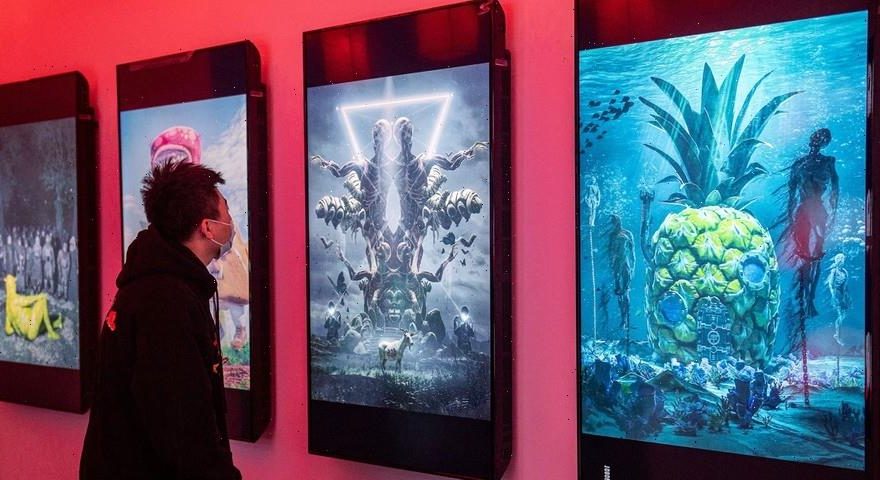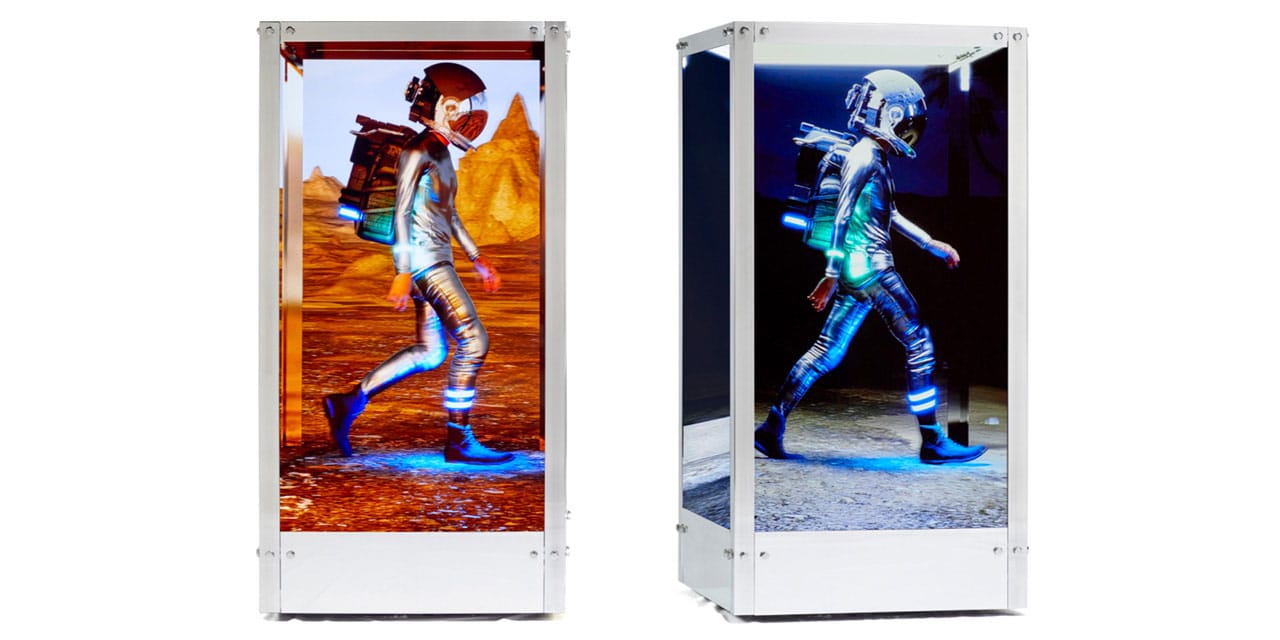It seems like everyone is talking about the metaverse and web3 these days. Many companies have started shifting their focus to creating products for the next blockchain-based stage of the internet, and others, like Meta, have set their sights on developing the virtual building blocks of this digital future.
Some in the space believe the metaverse is still a concept, estimating that we still have five to 10 years before the technologies are built out and the idea becomes mainstream. But for artist Mike Winkelmann, known professionally as Beeple, the metaverse may have already started to take shape.
“The term ‘metaverse’ is very loaded,” he told HYPEBEAST in a virtual interview. “I don’t think anybody knows what the hell it means.”
“My definition of the metaverse, I would say we’re already kind of in it,” he explained, pointing to the fact that he was communicating in real-time via a piece of technology with someone in a different part of the world.
“I think you could make some argument that we’re already kind of in this weird quasi-digital world.”
For Beeple, the creation of the metaverse was not a leap, but rather a series of short steps that continue to gain momentum.
“I think it’s something that’s a bit more subtle than people think and I don’t think it’s going to be that you’re either in the metaverse or you’re not,” he continued. “I think it’s going to be one of these things where technology is going to sort of creep into every aspect of our lives as it already has. And we’re just going to see a continuation of that and very much a melding of the physical and digital world.”
As a digital artist, Winkelmann frequently straddles between physical and digital spaces. His collage of digital works titled “Everydays: the First 5000 Days” sold for $69.3 million USD at Christie’s earlier this year and is credited with sparking the NFT frenzy.
Before becoming synonymous with NFTs, the Wisconsin native was a Computer Science graduate who initially wanted to create video games. Despite having no formal art training, Winkelmann leaned into creating digital art and cultivated a passionate fanbase over the last 20 years. He said that everything really clicked when he started minting NFTs.
“I knew it had the potential to be really big,” he said of NFTs, which have helped a new crop of digital artists establish legitimacy in the traditionally closed-door fine arts world.
“Digital art wasn’t a part of ‘capital A art’ and that was actually very similar to many other art forms had to go through — this period where people were making it but it wasn’t being recognized it as art,” he said. “And then suddenly things change and become part of the conversation — the broader conversation of what makes ‘capital A art.’”
The 40-year-old now reluctantly accepts his title as a “capital A artist,” and says that at this stage in his career he is “just making whatever the hell I want and hoping people will want to buy it.”
“It just sounds so douchey,” he joked. “I think people have had such a pretentious attitude towards art that I just would love to change.”
Winkelmann’s most recent work, a generative sculpture tied to an NFT called “Human One,” sold for $29.9 million USD in November. He credits the work as being a part of a new wave of creativity in the art world, driven by blockchain and new technology.
“I believe art in the future will not just always be these static pieces of cloth that we hang on our walls, and I think people will look at them in 200 years’ time and liken them to cave paintings,” he said. “Another way of looking at the art that we now have is that art does change, it evolves. It’s a continual conversation between the collector and the artist, versus a painting that is kind of a statement frozen in time.”
“As people get more used to this idea that that art is something that can evolve over time, I think you’re gonna see a lot more people doing exciting, interesting things with that concept,” he concluded.
Source: Read Full Article

